Annabelle Hydrangea
$49.50 Original price was: $49.50.$34.65Current price is: $34.65.
- Free Shipping over $25
- Fast & reliable delivery options
- Enjoy top quality items for less
- Multiple safe payment methods

Small, flowering bushes are an incredibly versatile tool for the inventive gardener. Their size and color opens up endless possibilities; you can use them to break up bare-looking open areas, accent larger trees or create a natural-looking habitat around a rock garden to attract butterflies, birds and other small wildlife. Shrubs can be used to brighten and enliven almost any situation you could think of and one of the most versatile of all is the hydrangea.
Growing Annabelle Hydrangeas
Annabelle is a mid-sized hydrangea, growing to a height of between 3 and 5 feet and a width of from 4 to 6 feet. A variety of the smooth hydrangea arborescens, this is relatively unusual among cultivated varieties as it’s derived from a native American species. In the wild it occurs from New York down to Florida, and west as far as Iowa, Oklahoma, Missouri and Louisiana. The plant has gray-brown stems and takes a looser form than most of the Asian species; this makes it very popular among gardeners who’re trying to create a more naturalistic look. The leaves can vary from rounded to egg-shaped and from two to six inches long; they are trimmed with sharp teeth, are dark green on top and pale on the underside.
The flowers on the wild plant are quite small but Annabelle has been bred for much larger, more spectacular blooms. They’re still small compared to some other hydrangeas but this is more than made up for by the way they grow profusely in large, rounded clusters. The first flowers usually appear around June and the plant reblooms through to September, so the show continues all through the summer. As the flowers finally fade they’re replaced by seed capsules which ripen in October and November. Finally the plant puts on a modest display of fall yellow before the leaves fall for winter.
Hardiness
This is not a difficult hydrangea to grow. Annabelle is rated as suitable for USDA plant hardiness zones 3 to 9, so it should be able to thrive almost anywhere in the continental USA. A few areas in northern New England and the Midwest may be too cold in winter and there are parts of the South too arid for it to survive, but it can do well almost anywhere else.
Soil Conditions
Unlike many hydrangeas, it’s not too fussy about the type of soil it’s planted in; it does prefer a medium weight soil, and it will ideally be moist and well-drained, but it’s quite tolerant of dry, wet or clay as well. If you need a hydrangea that will grow well in thin, rocky soil Annabelle is one of your top choices. Look for a spot with partial shade; if you do plant in full sun you’ll need to ensure consistent watering.
Pests and Diseases
There are no serious disease or pest problems to worry about with Annabelle; like most hydrangeas it may suffer from bud blight. Leaf spots, mold, rust, powdery mildew or bacterial wilt, and aphids, spider mites, scale and nematodes may infest it, but an occasional check should let you catch any of these issues before they become serious.
Care and Maintenance
Not much maintenance is required to maintain Annabelle in its full beauty. An annual prune in late winter, taking it close to the ground, will encourage vigorous new growth in spring – if you have particularly cold winters you may find it dies off above ground anyway, in which case simply cut away the dead canes to achieve the same effect. Beyond that, and regular watering (and perhaps an organic mulch) during long dry spells, very little is needed.
History and Origins of the Annabelle Hydrangea
Hydrangeas are a large family of plants that are native to eastern Asia – particularly Japan, China and Korea – and to the eastern United States. Particularly in Japan they have been prized as an ornamental plant for centuries and many cultivated varieties were developed there and in China. They often developed deep symbolic meaning and played a key role in religious ceremonies.
In the early 19th century specimens of domesticated hydrangeas were taken to Europe by traders and they quickly became the must-have plant in the continent’s top gardens. Before long they reached the USA as well, and unlike the less showy native species rapidly became popular. Since then the creation of new varieties has continued at an accelerating pace; breeders have selected for form, blooms and, like in the case of the amazing Annabelle, robustness.
Adding Annabelle Hydrangeas to Your Garden
Like most hydrangeas, Annabelle is ideal as part of a mixed shrub border – and because it likes some shade it also makes a great choice for adding interest below large trees where more sun-loving plants may be stifled. Because of its naturally wild look you can make good use of it as part of a woodland or native plant garden. If you’re planning a butterfly garden it’s a great choice there, too, perhaps interspersed with some buddleias. Overall this is a highly attractive hydrangea and one of the hardiest you’ll find, and it comes highly recommended.
Be the first to review “Annabelle Hydrangea” Cancel reply
Related products
Hydrangeas
Hydrangeas
Shrubs and Hedges
Butterfly Bush
Hydrangeas
Butterfly Bush
Lilacs
Rhododendron


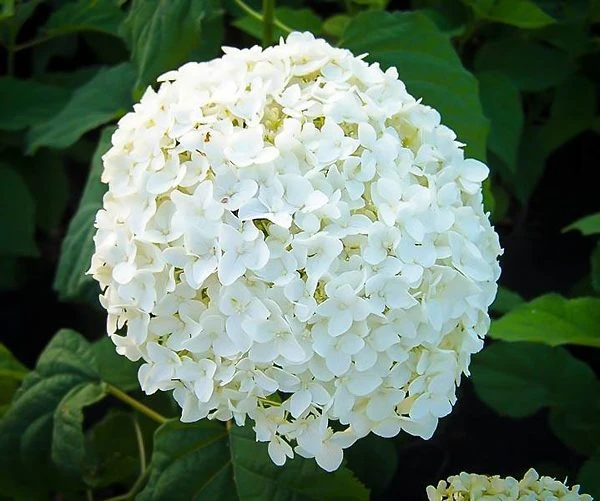

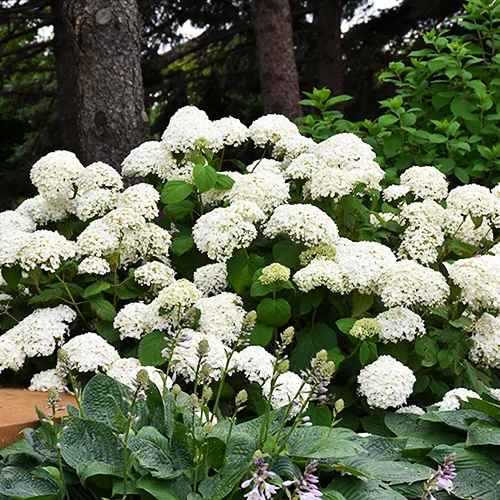


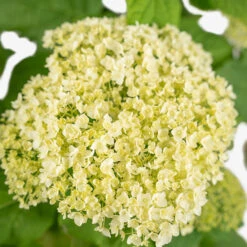
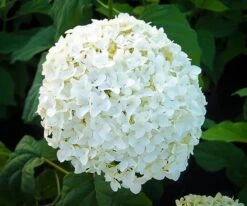
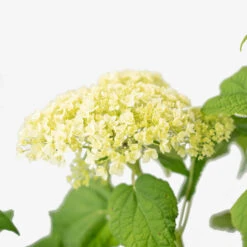

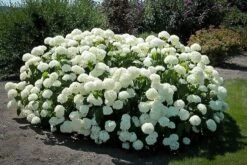
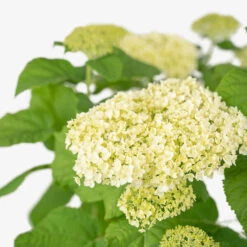
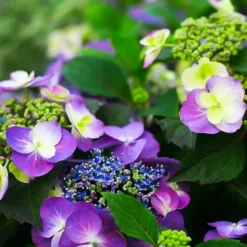
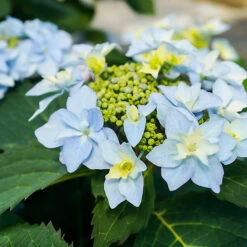

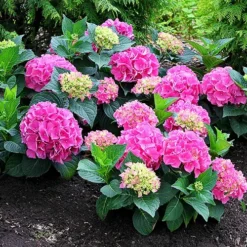
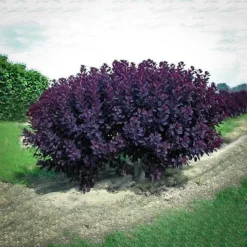
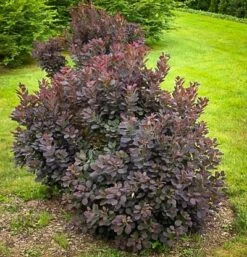


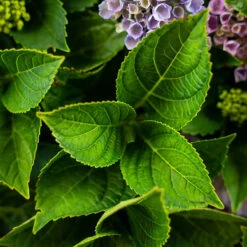
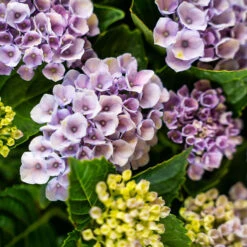



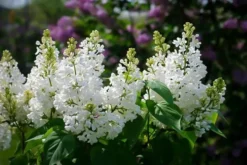
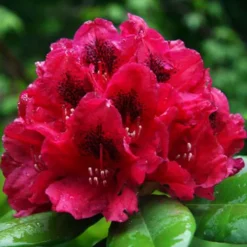

Reviews
There are no reviews yet.